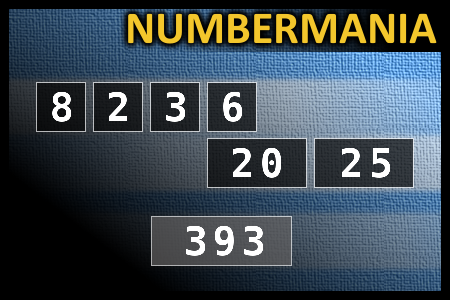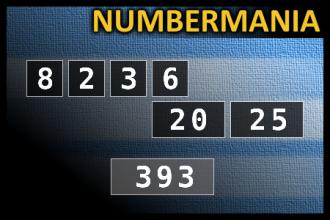Calculate the number 393
NUMBERMANIA: Calculate the number 393 using numbers [8, 2, 3, 6, 20, 25] and basic arithmetic operations (+, -, *, /). Each of the numbers can be used only once.Correct answers: 44
The first user who solved this task is Sanja Šabović.
#brainteasers #math #numbermania

I’m worried about your heart...
I’m worried about your heart murmur,” the doc told Jack. “I’ve always had a heart murmur,” Jack protested. “Yeah,” replied the doc, “but now the murmur has started humming.” “That doesn’t sound good!” Jack was getting worried now. “It’s worse than you think,” the doc said. “It’s humming ‘Nearer My God to Thee.’”

